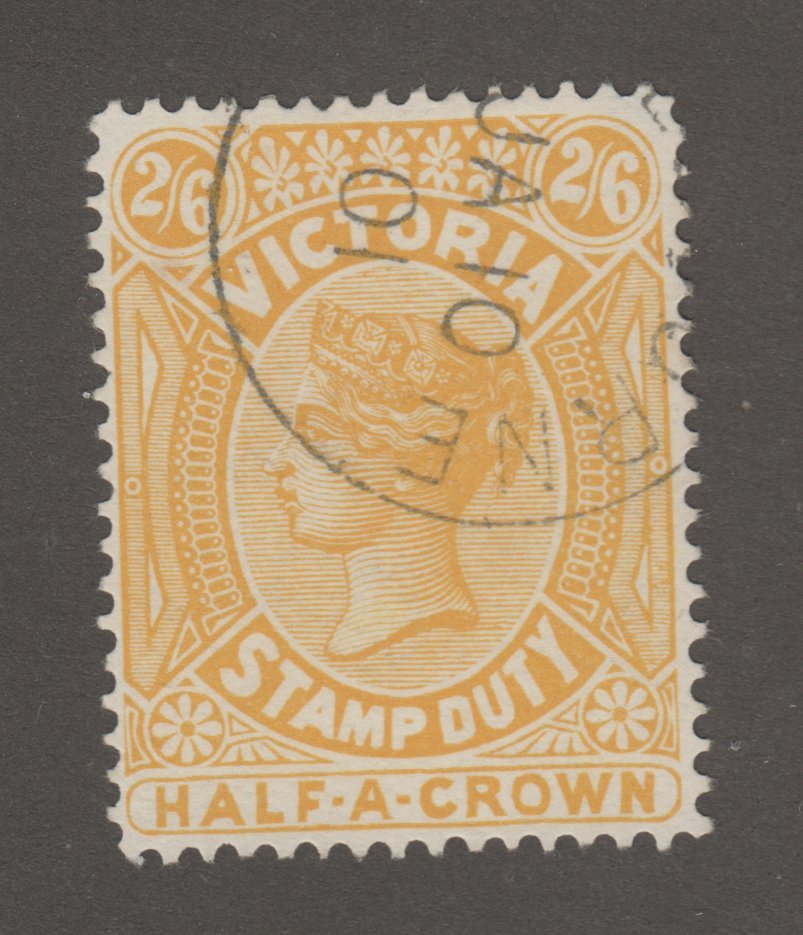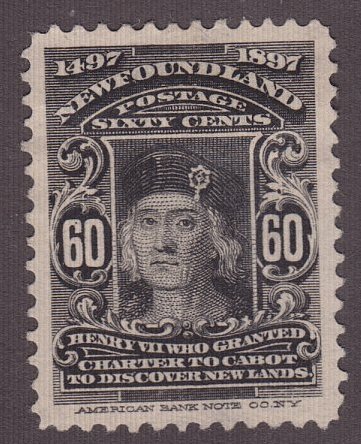
Discussion - Member to Member Sales - Research Center

Discussion - Member to Member Sales - Research Center


I'm looking at a 3 Cent Washington stamp. I've used through the www.stampsmarter.com Washington/Franklin Identifier tool and it seems like I'm looking at a Scott 501.
The stamp appears to be a Perf 11, printed on a Flat press, and has Type I characteristics, but the perforations don't line up exactly right. They start out lining up at the beginning but then they get out of alignment just slightly at the end. Now I know that humidity and temperature can cause paper to shrink and expand, but here's my question.
Q: What do you do when your information conflicts?
If I break out my Precision US Specialty Multi Gauge the perforations match up exactly using 11-73, but when I look up http://www.stampexpertizing.com/pdfs/1908.pdf document to verify the specialist gauge for a Scott 501 I see it's supposed to be 11-72. Now I know both of these measurements are Perf 11, but I'm trying to learn to be more accurate identifying stamps and learning to use my tools and the resources out there.
Even though I know this is an inexpensive stamp I'd like to be able to identify it accurately.
Do you just say, "Close enough"?
Do you assume that humidity or temperature has effected the stamp?
Do you trust the resources you found online?
What is your process like when everything doesn't quite add up?
As always, thanks for your insight and patience.
Ben

1 Member
likes this post.
Login to Like.
Perhaps you might have to accept that these perforation measuring devices really only give 'approximations'. Member SCB has done a lot of work to develop a digital gauge, as a result of findings similar to yours.
It is perhaps rather surprising that some/much catalogue listed perforation data is somewhat wayward.
If you doubt this statement, have a go at downloading SCB's digital perf gauge. Just follow the instructions exactly. I'm sure he will only be glad to help should you find any difficulty.
See SCB's thread here: SCB's digital perforation gauge - free utility

1 Member
likes this post.
Login to Like.
I would add that there is surprising little work done on moisture content and gauging perfs. Paper has a grain, and this will indeed expand and contract depending upon paper moisture content.
In my informal testing I was surprised at the large variance in perf gauge readings between a wet stamp vs. a dry stamp. (My test was done by placing a stamp in the oven, baking out the moisture, than gauging the perfs. Same stamp was then soaked for 10 minutes and re-gauged.) I also measured the dimensions of the stamp and they coincided with the observed perf changes. (Large delta on the side with the paper grain and virtually no change on the cross grain side.)
Of course my test was a bit extreme but it proved to me that without question the moisture content of stamp has an impact on both the dimensions and perf gauge of a stamp.
Don

1 Member
likes this post.
Login to Like.
Close enough

1 Member
likes this post.
Login to Like.
Ben
You can't rule out that it may have a compound perforation. They do exist. There are 21 designated catalog numbers and 4 different types for the three cent Washington. Some of them are quite common and some are very rare. You have two possibilities 502 and 541 that are listed to have compound perorations. Thats just the tip of the iceberg we haven't even discussed the color varieties associated with these issues.
I take it you have determined that is a type II and not watermarked?
Now you need to determine the design size and if it is a flat plate or a rotary press design.
Jeremy

Login to Like
this post
If you go to this link, about half way down the page, it says that the Kiusalas Gauge measure of 11-73 is a fake measurement and exists on no US stamps.
https://groups.google.com/forum/#!topic/rec.collecting.postal-history/Kg4XPFzXfMQ
And this Bill Weiss guide shows what they should be.
http://www.stampexpertizing.com/pdfs/1908.pdf

Login to Like
this post
Ben, Sean,
FYI, the better link for the Weiss/Payton doc is http://www.stampsmarter.com/learning/ID_1908_1923WashFrankDesigns.html for a few reasons.
I developed Bill’s old website for him (stampexpertizing.com) and we had several versions of that document. I do not recall if I ever updated Bill’s old site with the latest version but the one on Stamp Smarter certainly is the latest. Additionally I do not know how much longer Bill’s old site will remain published, the hosting was being donated by a friend. This is why all of Bill’s work has been moved to Stamp Smarter.
Ben,
I concur with what others have said, perf gauge sizes, especially those listed for many catalogs, are 'rounded off' for ease of use for collectors.
Don

1 Member
likes this post.
Login to Like.
02:03:00pm

I'm looking at a 3 Cent Washington stamp. I've used through the www.stampsmarter.com Washington/Franklin Identifier tool and it seems like I'm looking at a Scott 501.
The stamp appears to be a Perf 11, printed on a Flat press, and has Type I characteristics, but the perforations don't line up exactly right. They start out lining up at the beginning but then they get out of alignment just slightly at the end. Now I know that humidity and temperature can cause paper to shrink and expand, but here's my question.
Q: What do you do when your information conflicts?
If I break out my Precision US Specialty Multi Gauge the perforations match up exactly using 11-73, but when I look up http://www.stampexpertizing.com/pdfs/1908.pdf document to verify the specialist gauge for a Scott 501 I see it's supposed to be 11-72. Now I know both of these measurements are Perf 11, but I'm trying to learn to be more accurate identifying stamps and learning to use my tools and the resources out there.
Even though I know this is an inexpensive stamp I'd like to be able to identify it accurately.
Do you just say, "Close enough"?
Do you assume that humidity or temperature has effected the stamp?
Do you trust the resources you found online?
What is your process like when everything doesn't quite add up?
As always, thanks for your insight and patience.
Ben

1 Member
likes this post.
Login to Like.

re: What do you do when your information conflicts?
Perhaps you might have to accept that these perforation measuring devices really only give 'approximations'. Member SCB has done a lot of work to develop a digital gauge, as a result of findings similar to yours.
It is perhaps rather surprising that some/much catalogue listed perforation data is somewhat wayward.
If you doubt this statement, have a go at downloading SCB's digital perf gauge. Just follow the instructions exactly. I'm sure he will only be glad to help should you find any difficulty.
See SCB's thread here: SCB's digital perforation gauge - free utility

1 Member
likes this post.
Login to Like.

re: What do you do when your information conflicts?
I would add that there is surprising little work done on moisture content and gauging perfs. Paper has a grain, and this will indeed expand and contract depending upon paper moisture content.
In my informal testing I was surprised at the large variance in perf gauge readings between a wet stamp vs. a dry stamp. (My test was done by placing a stamp in the oven, baking out the moisture, than gauging the perfs. Same stamp was then soaked for 10 minutes and re-gauged.) I also measured the dimensions of the stamp and they coincided with the observed perf changes. (Large delta on the side with the paper grain and virtually no change on the cross grain side.)
Of course my test was a bit extreme but it proved to me that without question the moisture content of stamp has an impact on both the dimensions and perf gauge of a stamp.
Don

1 Member
likes this post.
Login to Like.

re: What do you do when your information conflicts?
Close enough

1 Member
likes this post.
Login to Like.
05:03:58pm
re: What do you do when your information conflicts?
Ben
You can't rule out that it may have a compound perforation. They do exist. There are 21 designated catalog numbers and 4 different types for the three cent Washington. Some of them are quite common and some are very rare. You have two possibilities 502 and 541 that are listed to have compound perorations. Thats just the tip of the iceberg we haven't even discussed the color varieties associated with these issues.
I take it you have determined that is a type II and not watermarked?
Now you need to determine the design size and if it is a flat plate or a rotary press design.
Jeremy

Login to Like
this post

re: What do you do when your information conflicts?
If you go to this link, about half way down the page, it says that the Kiusalas Gauge measure of 11-73 is a fake measurement and exists on no US stamps.
https://groups.google.com/forum/#!topic/rec.collecting.postal-history/Kg4XPFzXfMQ
And this Bill Weiss guide shows what they should be.
http://www.stampexpertizing.com/pdfs/1908.pdf

Login to Like
this post

re: What do you do when your information conflicts?
Ben, Sean,
FYI, the better link for the Weiss/Payton doc is http://www.stampsmarter.com/learning/ID_1908_1923WashFrankDesigns.html for a few reasons.
I developed Bill’s old website for him (stampexpertizing.com) and we had several versions of that document. I do not recall if I ever updated Bill’s old site with the latest version but the one on Stamp Smarter certainly is the latest. Additionally I do not know how much longer Bill’s old site will remain published, the hosting was being donated by a friend. This is why all of Bill’s work has been moved to Stamp Smarter.
Ben,
I concur with what others have said, perf gauge sizes, especially those listed for many catalogs, are 'rounded off' for ease of use for collectors.
Don

1 Member
likes this post.
Login to Like.

